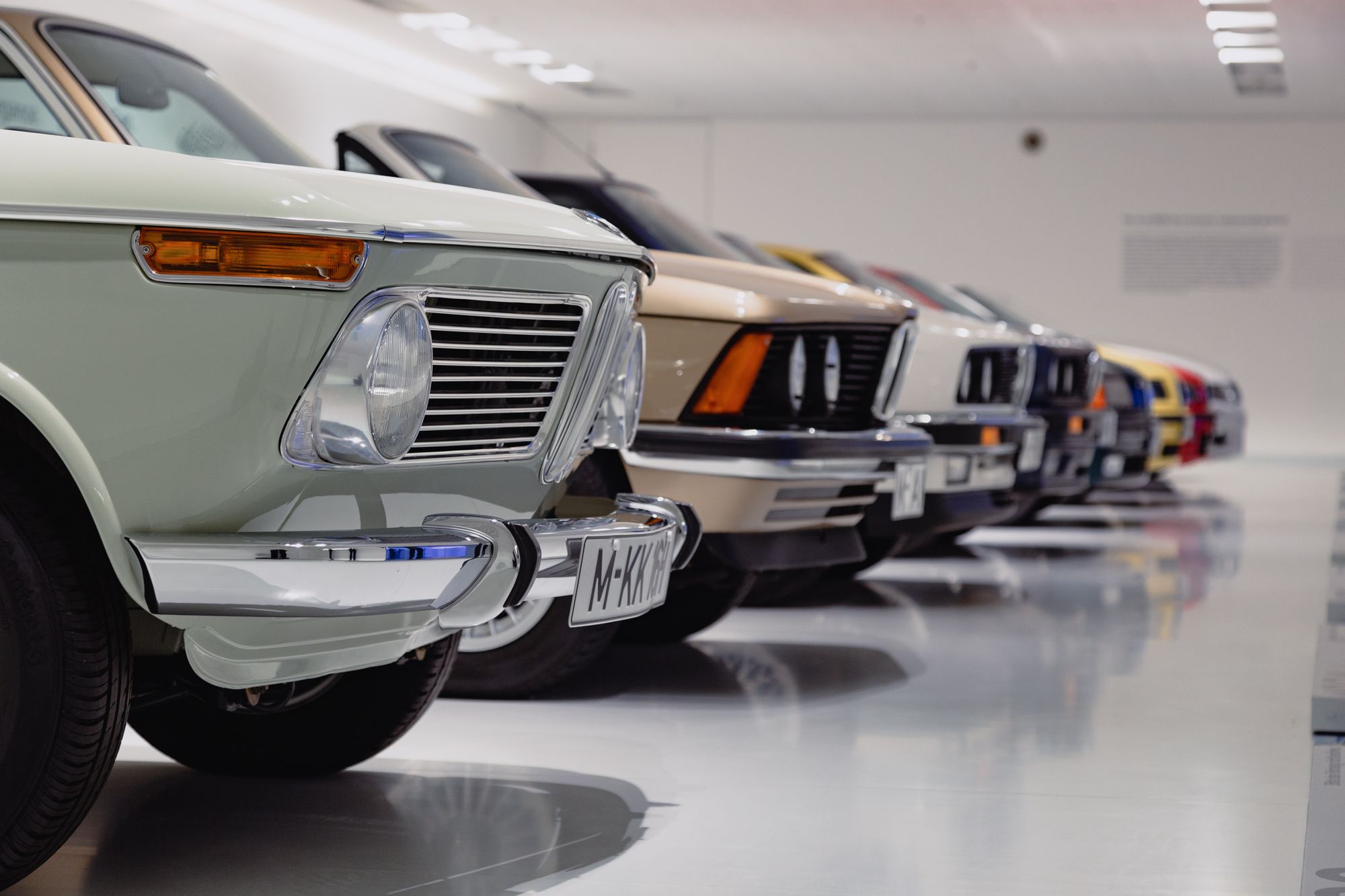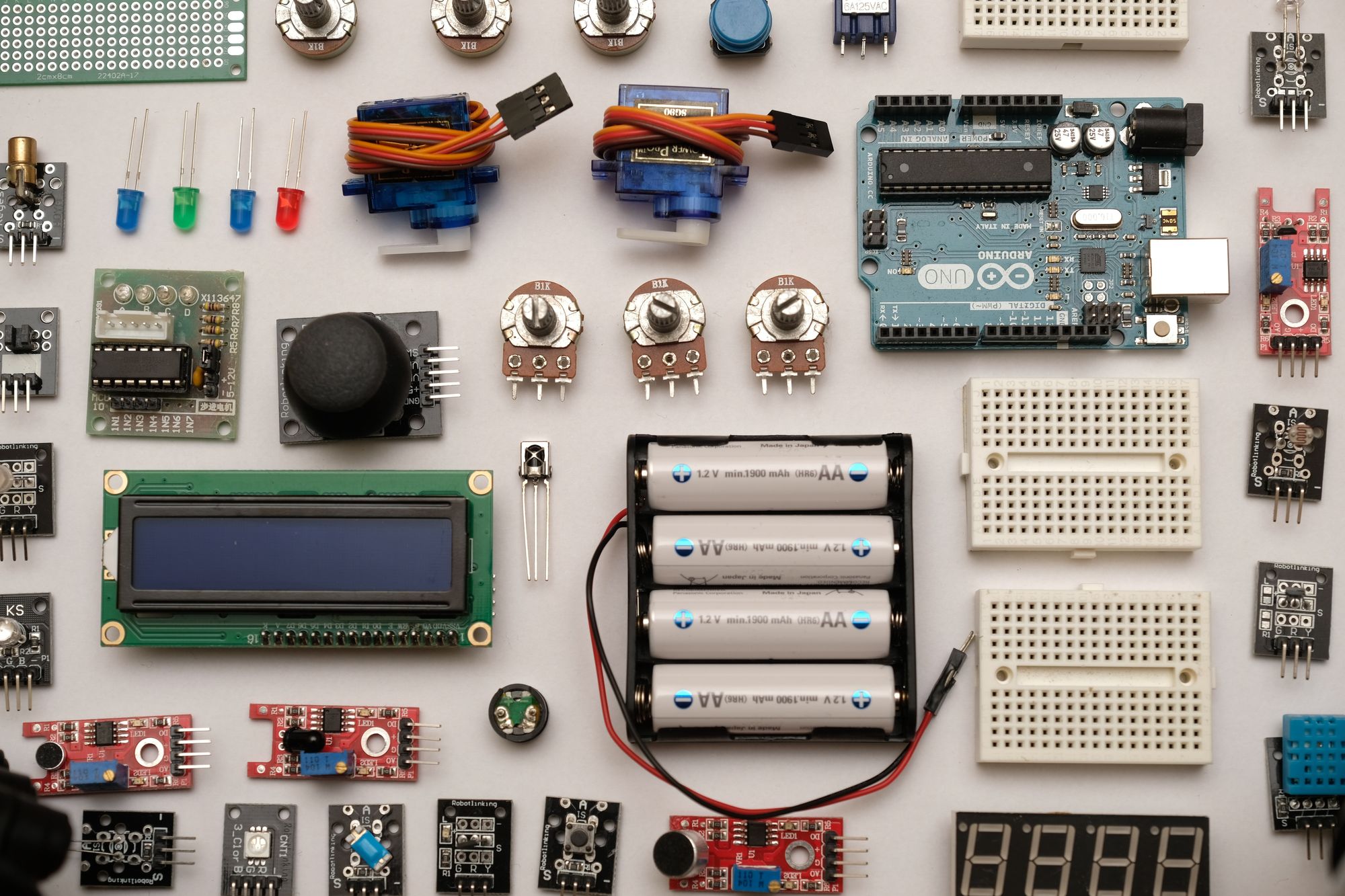The little-known material transforming the auto industry
The automotive industry is an ever-evolving field. Advanced materials technologies are just another step in a long history of innovation. But what exactly are ceramics anyway?

Since its birth, the most groundbreaking inventions for the auto industry have been mostly mechanical, however in the past few decades electrical and advanced material technologies have since taken the lead in gaining an edge over the competition.
In this article series we’re going to examine, analyze and explain the creation and adoption of ceramic technologies. We will take you through the many possible uses for these versatile materials, and the impact they have had and will have in the automotive industry.
- The little-known material revolutionising the auto industry
- How can different materials affect performance in cars?
- Greener machines with Ceramics?
- How industry progress is held back
- Why Ceramic Brakes are better
- Is progress just around the corner?
Introduction
In this articles in the series, we will be giving you an overview of what ceramics means outside the context of crockery, what typical properties these advanced materials have, scratch the surface of the industries ceramic technologies are useful for, and touch on the future of ceramics for cars.
Table of Contents
- What are ceramic materials?
- What are typical characteristics of ceramic materials?
- What are common applications of ceramics?
- Why are ceramic materials used in the auto industry?
- What is the future for ceramic materials in cars?
What are ceramic materials
First of all, let’s clarify what ceramic materials are. Commonly, the first thoughts that come to mind when someone mentions ceramics are usually about fragile and brittle things, used for bathrooms, pottery and more on that line: while it’s true that those are indeed ceramic materials, in the metalworking and heavy-duty industries ceramics has a totally different meaning.
The ceramics used in more heavy-duty industries are obtained through a process called sintering, which is basically achieved by compressing various powdered minerals & raw materials under high heat. These materials can be metallic or non-metallic, and combinations of both, with a wide variety of characteristics. It’s only natural then to think that the characteristics of the resulting materials can be just as varied as the elements that make them.
What are typical characteristics of ceramic materials?
Ceramics in general are extremely resistant to both friction and heat, whilst also very light compared to commonly used metals and metal alloys. They tend to have very low thermal conductivity; meanwhile metal alloys have very high thermal conduction, and friction can have devastating effects on them.
Ceramics also share some major weaknesses: namely, they are very brittle and have low tenacity, elasticity and ductility due to their chemical nature (mostly ionic and/or strong covalent bonds). However, these are just typical characteristics of ceramics, they can have many different properties as we will see later.
Definitions
- Tenacity (mineralogy) describes a mineral's resistance to breaking, beading, cutting, or other forms of deformation.
- Elasticity (physics) is the ability of a body to resist a distorting influence and to return to its original size and shape when that influence or force is removed.
- Ductility is a measure of a material's ability to undergo significant plastic deformation before rupture.
Why are ceramic materials used in the auto industry?
It’s easy to see why we’re even considering to use ceramic materials instead of metal alloys, since they first of all are very light, and lighter cars lead to more fuel efficiency and speed, meanwhile friction doesn’t bother ceramics nearly as much as metals!

But we have to address their weaknesses compared to metal alloys: in case of failure in the latter we have what’s called yielding, which means the materials gives in a little bit before breaking, while in ceramics we have what’s called a catastrophic failure, and I certainly don’t need to explain to you why that’s an undesirable condition to say the least. So the main reason why they’re used very sparingly in industries and especially in the automotive industry is a pretty important one: safety.
At this point, a thought can pop out in your head, why are we talking about this then, since they’re not a safe alternative?
The short answer to this question is pretty easy: CMCs, or Ceramic Matrix Composites, a type of advanced materials that will be explored in a later article in this series (spoiler alert: they’re pretty cool).
What are other common applications of ceramics?
Ceramics can range from insulating coatings to cutting tools, from brake pads to piezoelectronics and other advanced electrical uses. Here are just a few cutting-edge uses of ceramics:
Coatings
In the latest years the advancement of new technologies have managed to produce liquid ceramics, that are able to be sprayed on top of materials and improve the surface hardness and the thermal stability of the original work-piece. Nano-ceramic coatings are frequently used in the car industry to apply a protective barrier to the car body, as well as providing a visible gloss for aesthetic effect.
Cutting Tools
Lathes and milling machines use cutting tools to work on the metalworking pieces and create the desired shapes. The small and essential tools are nowadays mostly made by ceramic materials, as their toughness allows them to cut even the some of the hardest alloys.
Airplane Engines
Airplane turbines are usually made from ceramic materials, as they’re easier to manufacture and more cost effective compared to the metal counterparts. That is because of the harsh environment in which they have to work in due to extreme temperatures, weakness of metal alloys and strength of ceramic technologies.
Electrical Circuits
Pretty much every electrical application has some ceramic built into it, as the range of electrical conductivity achievable with ceramics is simply astonishing. We recommend you check it out.
Sensors

The so-called advanced materials based on ceramics (i.e. piezoceramics) are absolutely essential in sensors, like the life-saving "knock" sensor in cars (which will be explored in the next article).
What is the future for ceramic materials in cars
Currently, ceramic technologies in the automotive industry are not that widespread, since the right technologies have only become available very recently. Since the automotive industry is a very stable (and safe) market, there’s no need to introduce new technologies if there isn’t a very high chance of profit, meanwhile the risk of failing new technologies in such an industry can be catastrophic.
That doesn’t mean that research and testing isn’t being done right now, and you may even have seen it in action: the military is always in need of new technologies, and the racing world is the perfect testing ground for them. For instance, ceramic brakes are used in Formula 1 since they prove to be much better than their common cast-iron counterparts. Ceramic brakes have since been introduced in luxury cars, and will be brought to the affordable cars’ world within the next few decades (more on these fantastic brakes in a later article in the series).
